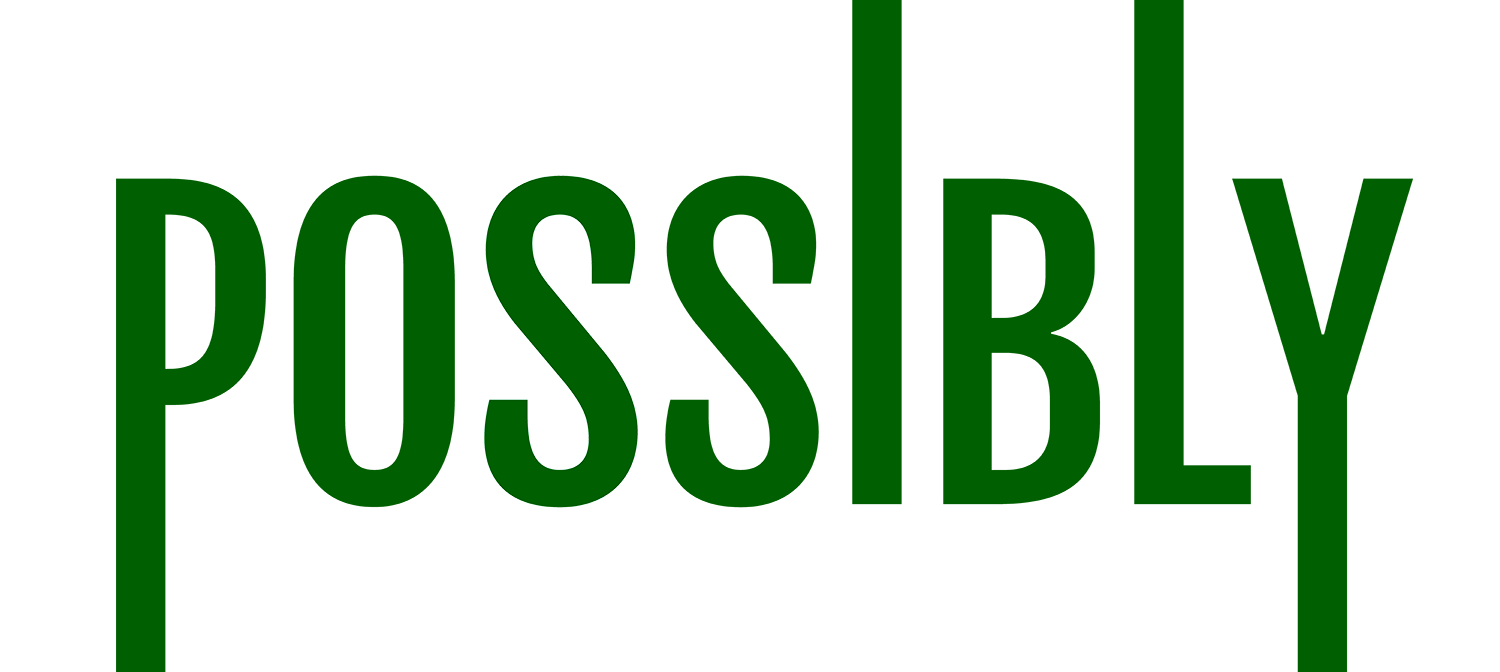
Megan Hall: Welcome to Possibly, where we take on huge problems like the future of our planet and break them down into small questions with unexpected answers. I’m Megan Hall.
We usually talk about how individuals can reduce their greenhouse gas emissions, but what about governments and corporations?
Today we’re taking a look at a new European Union plan that aims to help fight global warming. Luci Jones and Albert Wu from our Possibly Team are here to tell us more about it.
Luci Jones: Hi, Megan!
Albert Wu: Hey there!
Megan Hall: So what is this plan?
Luci Jones: OK, are you ready for some acronyms? It’s called the Carbon Border Adjustment Mechanism—or the CBAM for short. Basically, it’s a carbon tariff on imports that come into the European Union
Megan: Which means?
Albert Wu: If someone wants to sell a product in the European Union, they have to pay a tax on the carbon emissions that were created in the process of making it.
Luci Jones: It’s easiest to explain with an example.
Albert Wu: Let’s say you run a company in the EU that makes something that causes a lot of greenhouse gas emissions, like the production of steel.
Luci Jones: The EU charges for carbon emissions, so your steel is expensive compared to steel made in countries that don’t charge for those emissions.
Albert Wu: In that way, the EU’s regulations on carbon puts its own steel companies at an economic disadvantage.
Luci Jones: That’s where CBAM comes in. It’s meant to level the playing field.
Megan: How?
Albert Wu: Well, let’s go back to the steel example. With CBAM, all steel imported from outside of the EU will ALSO pay an additional tax.

Luci Jones: That price of the tax is determined by how much carbon was emitted while making the product.
Albert Wu: So the price of the imported steel will now be on par with the price of the steel made by EU companies that are already paying for their carbon emissions.
Luci Jones: If the country they’re importing from already has a carbon taxation system in place, that tariff price goes down, making the item easier to import into the EU.
Albert Wu:
This encourages outside countries to create their own programs for controlling carbon emissions.
Megan: And has this worked? Has it lowered emissions?
Albert Wu: Well, this is the first legislation of its kind—and it hasn’t gone into effect yet. CBAM starts in October and it’s being phased in slowly. So, we won’t necessarily see the full results for a while.
Luci Jones: And The law already has some critics. Some people worry that CBAM will hurt consumers by making everything more expensive.
Albert Wu: Other critics say that making the price of carbon-intensive products higher in the EU may make it tougher for smaller and less wealthy countries to sell their products to people in the European Union.
Luci Jones: And although the EU is big, it’s only one piece of the global puzzle. We’ll have to wait to see if other countries like the US and China choose to do something similar.
Albert Wu: All that said, most experts agree that a high enough price on carbon is an essential tool for reducing global emissions.
Luci Jones: It will be way more expensive to deal with the destruction that comes with climate change than it will be to limit emissions.
Megan Hall: Got it! Thanks, Luci and Albert
That’s it for today. For more information, or to ask a question about the way your choices affect our planet, go to the public’s radio dot org slash possibly. Or subscribe to us wherever you get your podcasts.
You can also follow us on Twitter and Facebook at ask possibly.
Possibly is a co-production of Brown University’s Institute for Environment and Society, Brown’s Climate Solutions Initiative, and the Public’s Radio.
The post How can governments reduce their greenhouse gas emissions? appeared first on TPR: The Public's Radio.
